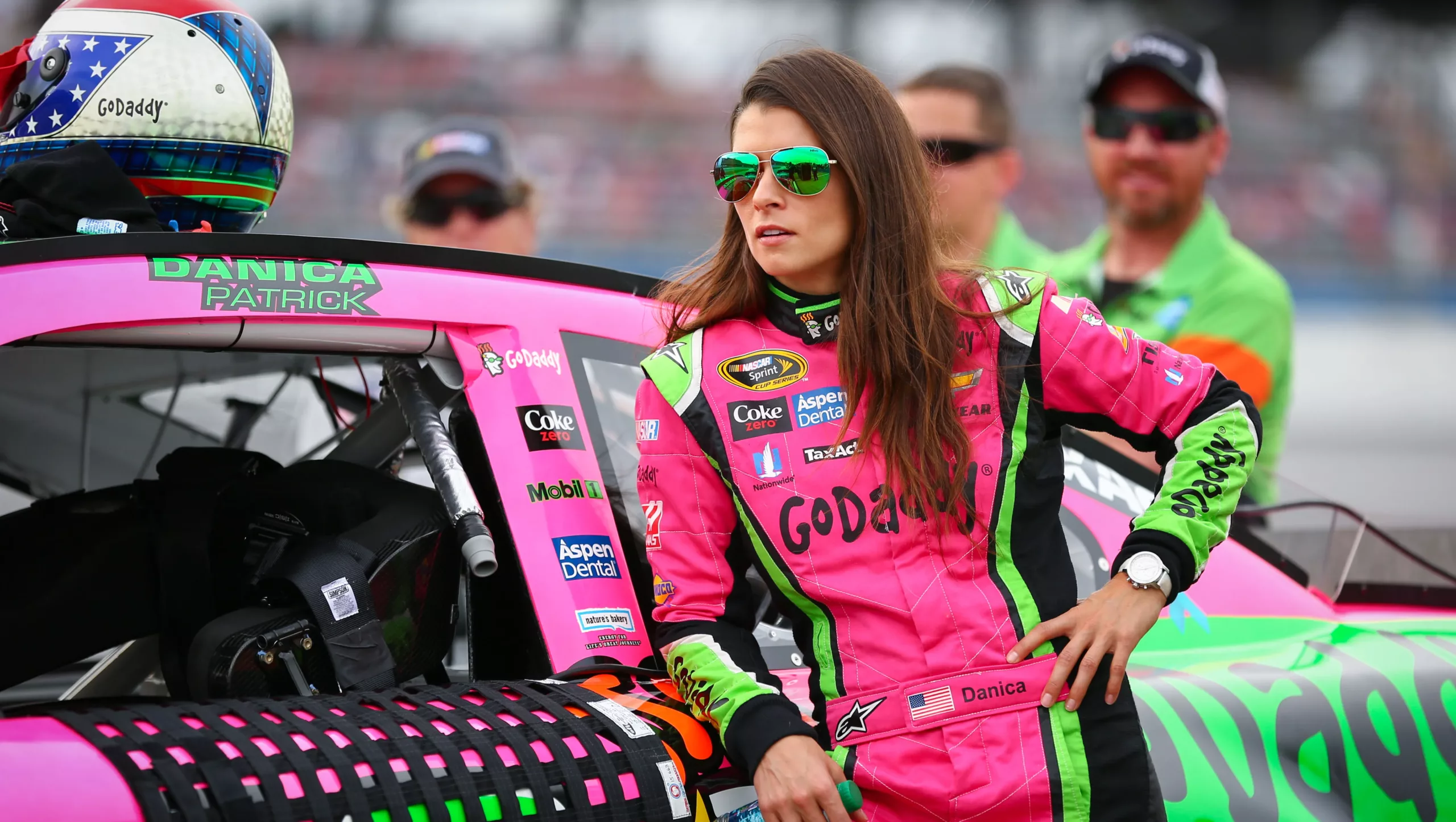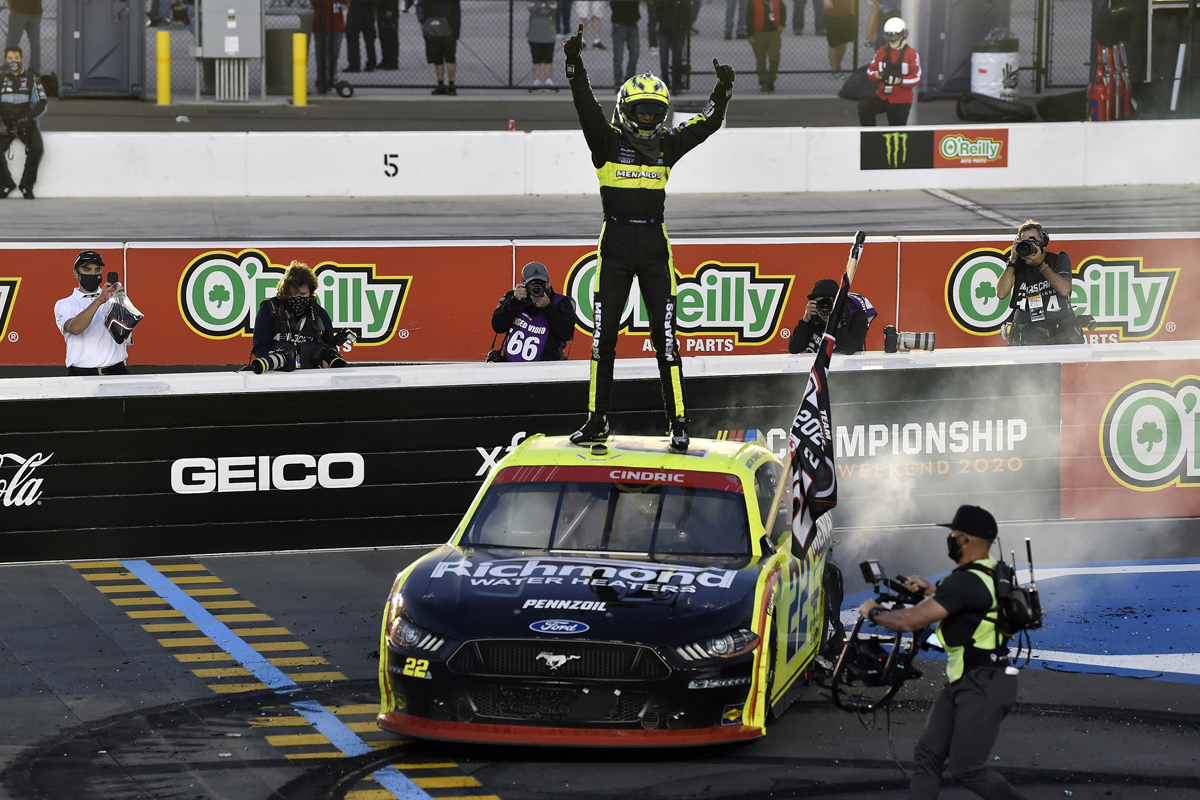5 important things that define how NASCAR suspension works
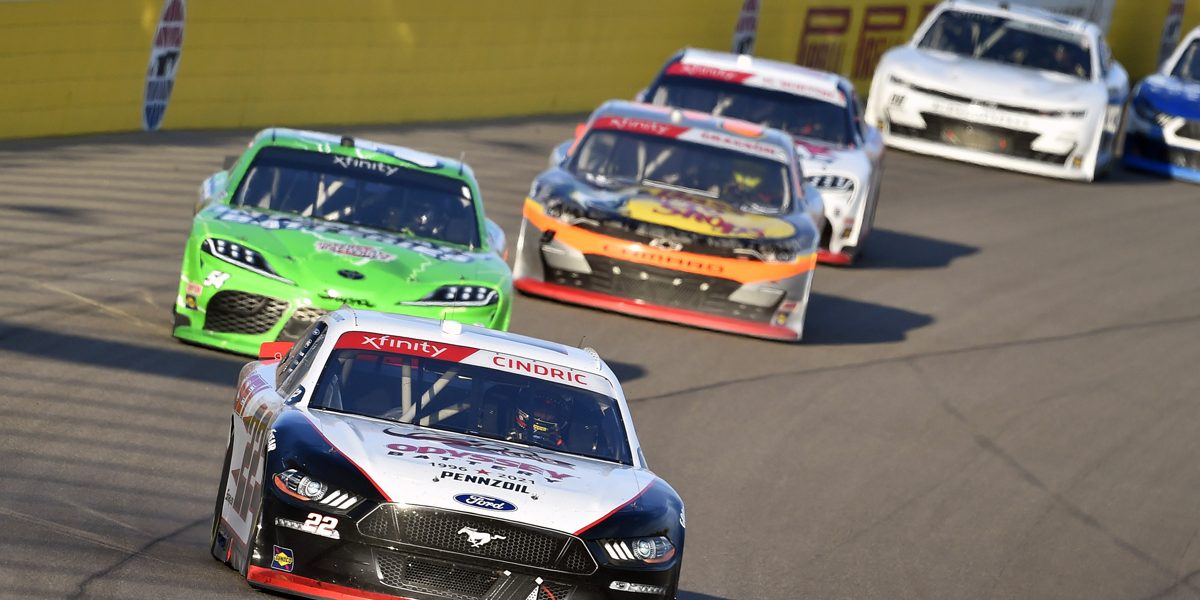
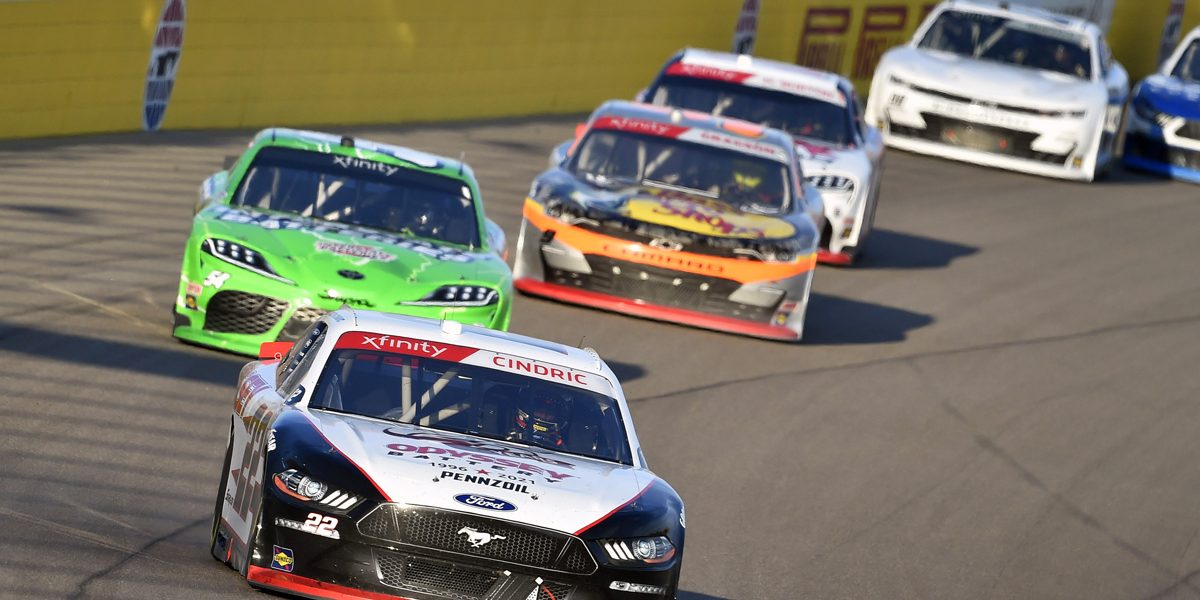
Table of Contents
Have you ever wondered how NASCAR suspension works?
A well-designed suspension system is what goes into the making of a successful stock car and driver. Teams spend a lot of money on a NASCAR stock car and they wouldn’t like the money to go down the drain for lack of attention to the car’s suspension system. The suspension system is as important as any other system in a racing car. It ensures that the car is stable when racing and maintains its balance around turns and over straights.
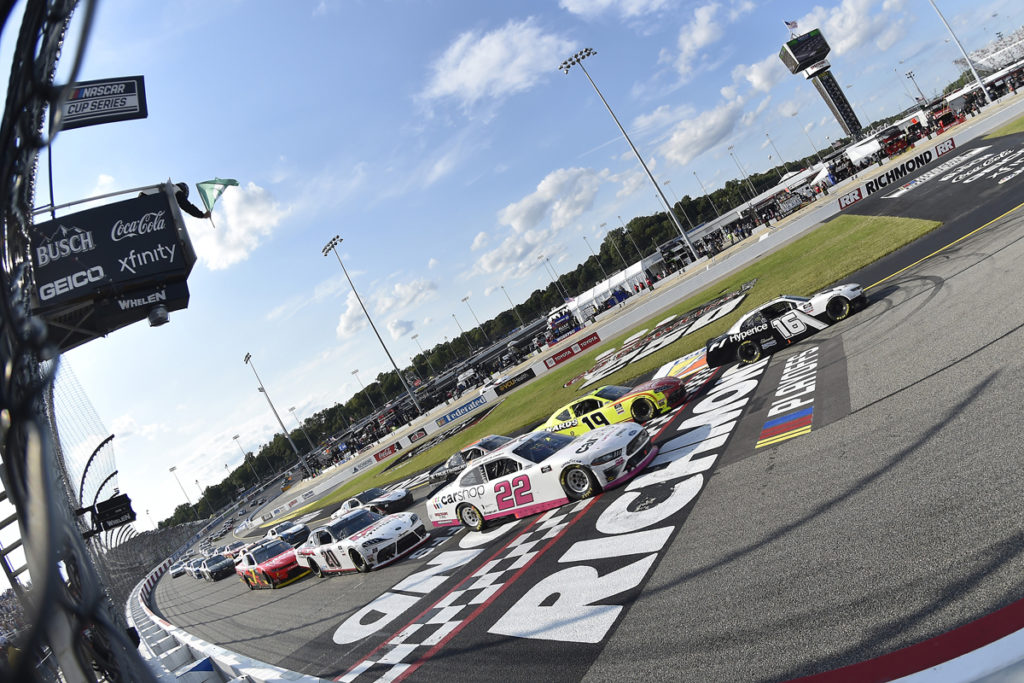
The suspension system of a NASCAR car has many components and is specifically designed for each car and driver. Suspension systems are also modified or readjusted for every course depending on the race team, the driver, and their previous experience of the car on the track. A suspension system controls the balance of a car and the driver’s ease of handling the vehicle. A suspension system also helps contribute to the downforce of the car.
The tracks look smooth to an onlooker, but no track is smooth enough when a car is traveling over 200 mph (320 kph). There are bumps and bends in the track through which the driver has to maneuver the car. The driver must retain control of the car throughout the race which will help him win the race.
The suspension system of a stock car is made up of components like the chassis, springs, shock absorbers, sway bars, steering assembly, knuckles, and sway bars. The stability of the suspension system depends on the reliability of the components over the race distance. These components are subjected to all kinds of stress and strain during the rough high-speed drive. After the race, each component is inspected and replaced if necessary.
The steering assembly of a NASCAR car
The steering assembly is the most taxed part of the suspension system. The brackets and the knuckles of a steering system are probably the most vulnerable parts of the suspension system. Their failure results in the car having to retire from the race. The other components of the steering assembly are control arms, trailing arms, tie rod ends, pivoting arms and steering bushes, and the chassis. All these parts put together allows the driver to steer and control the car during the high-speed race.
Knuckles connect the steering wheel to the rest of the suspension assembly via the steering rod. The chassis is linked to the front suspension utilizing two control arms while two trailing arms help connect the system to the rear of the chassis. The tie rods and the knuckles connect the steering directly to the wheels of the car
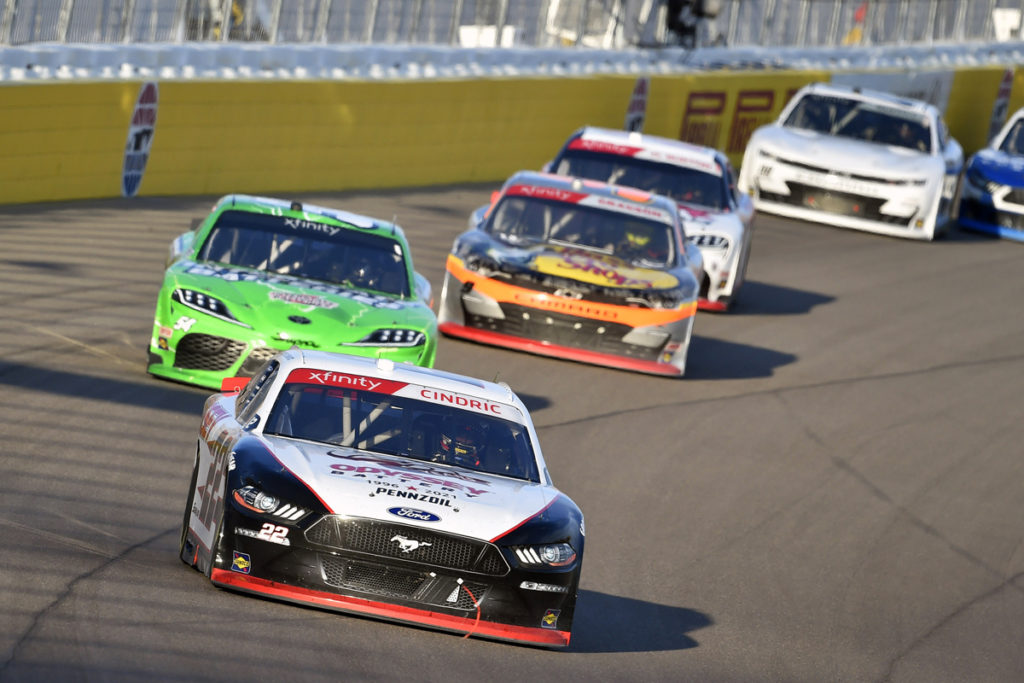
Pivoting mounts and steering bushings connect the control arms to the frame. Ball joints help connect the control arms to the steering knuckle. The movement of the steering wheel is transmitted by the steering shaft to the steering gear helping the diver maneuver the car. Knuckles are the weakest part of the suspension system and do fail. To prevent the wheel assembly from flying off during a crash, knuckles are clamped to the frame with steel cables.
No matter how smooth a course looks to an onlooker, a car traveling at 200 mph (320 kph) will experience bumps. Turning at these speeds exerts a lot of pressure on the steering assembly and the chassis. It is the shock absorbers of the suspension systems that stabilize the car when the driver takes a turn at high speed. Shock absorbers are crucial for the driver to keep the car on the track and avoid crashing.
Shock absorbers used in a NASCAR car
Shock absorbers and springs render the drive of a NASCAR stock car smoother and to a great extent, help maintain the balance of the car. Without them, a racing car’s suspension system and hence the car would come apart. The bumps and the vibrations in a racing car would be too much for the nuts and bolts and the clamps holding the car together. The engine would crack and so would the frame and many other components.
The springs contract and expand absorbing the energy of the racing car on bumps. The shocks, in turn, absorb the energy of the spring. When the spring uncoils, the shock acts as a damper so that the car does not get a jolt from the uncoiling of the spring. The two, act in tandem making the ride in the car tolerable and keep the car controllable. Shock absorbers make sure that the tires are in contact with the ground as much as possible.
Shock absorbing systems of the cars enable the drivers to keep control of the cars during the race. Which type of shocks are used, will determine how stable the car is and how it handles. Determining the extent of damping of the shocks and the stiffness of the springs to be used on a particular track is the job of the racing teams. The racing teams spend hours, if not days, to get the shock-spring combination right for the upcoming race.
The up and down movement of the shock depends on the medium used in the piston, the bleed holes in the piston, and the clearance between the piston and the cylinder. When a car hits a bump, the piston in the shock absorber compresses the medium in the cylinder. The piston slowly goes back to its original position. How quickly the shock moves up and down depends on the bleed hole in the piston and the resistance of the medium inside the cylinder.
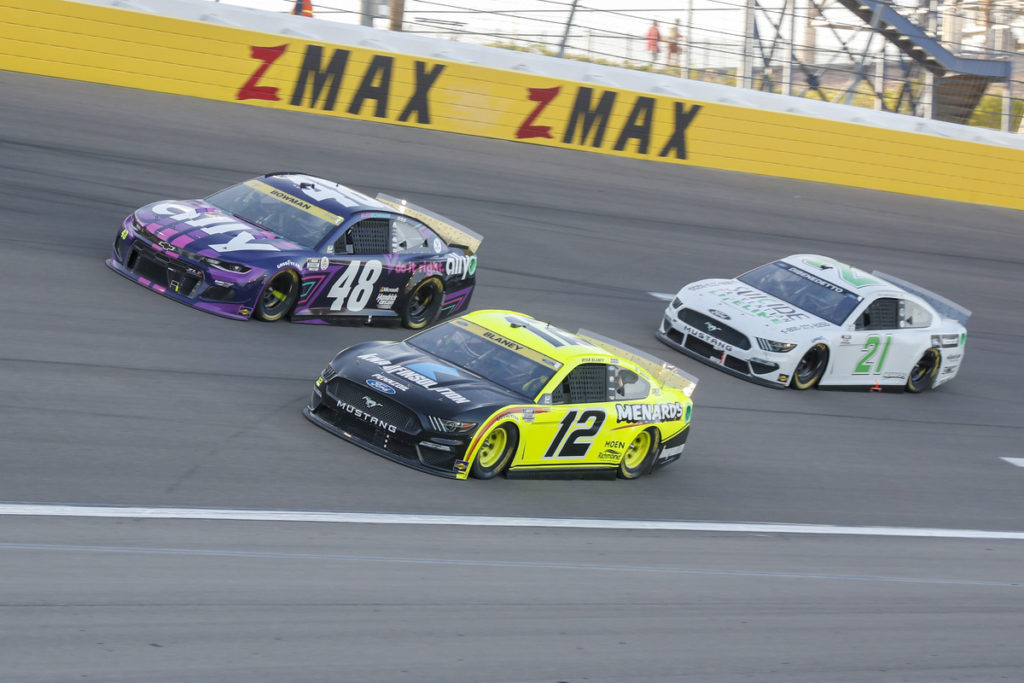
Streetcars use oil as a damper in shock cylinders. If oil is used in the cylinders of NASCAR cars, it would foam because of the intensity and the frequency of the jolts. The oil would then lose its viscosity and its ability to compress and rebound in the cylinder. To overcome this problem, shocks in NASCAR cars are filled with pressurized nitrogen. Nitrogen is compressed up to 75 psi (5.17 bars). Pressure greater than 75 psi could lead to a piston exploding.
Bushings of a NASCAR car
Bushings of a stock car influence the behavior of the suspension system on turns and straights. These small, cylindrical pieces of rubber are inserted between the moving arms and the pivot points of the suspension system. The bushings used in a NASCAR car are a little stiffer than in a road car although they give a stiffer ride. Bushes are made of varying densities of polyurethane and other solid polymers.
Bushings are found all over the suspension system wherever two parts come together. In front of the car, they are found between mounts and springs and control arms. In the rear, they are found between the trailing arms and the rear axle. They are also found in sway bar connections. When the bushings are worn out, the driver will experience wobbling. Bushings are inspected after every race and replaced whenever necessary.
Sway bars of a NASCAR car
When a car goes around a turn, the car and its occupants will experience a force in the direction opposite to the direction of the turn. NASCAR cars race on ovals at great speeds. When going around the turns they experience a much higher pull in the opposite direction of the turn. This pull tends to lift the other side of the car which The tires’ grip on the track becomes weaker causing the driver to lose control of the car. This could lead to an unsavory incident like going off the track or crashing.
This is where sway bars come in. They prevent the transfer of weight whenever cars feel a negative pull. This is equivalent to the track having a higher degree of banking on the turns. Sway bars, which look like crowbars, connect the suspension system of the car to the chassis and the body. Different tracks call for sway bars of different stiffness’ and racing teams maintain many sway bars in the stock.
Sway bars respond when a tire goes over a bump. They twist and counter the movement and prevent the weight of the car from shifting because of the bump. This keeps the car balanced and improves the driver’s control of the car. The stiffness of the stay bars is decided by the race team with their experience and the driver’s previous experience on the track.
Chassis harness of a NASCAR car
The chassis of a stock car is a steel frame that holds the car together. The body of the car and the engine are mounted on the chassis that is essentially a rectangular frame. The chassis of a stock car is built to strict NASCAR guidelines. These rules regulate the length, thickness, and weight of the chassis. Offset chassis are not permitted but race teams often experiment with the shape of the chassis. The chassis comprises a mainframe and two subframes: the front and the rear. All the joints of the frames and the subframes are welded together.
Various parts of the suspension system are connected to the frame. The position of the different parts varies from course to course. Flanges are included at joints to strengthen the frame and make it reliable. The chassis should be strong enough to carry the various parts mounted on it and keep them together during racing. Yet it should not increase the weight of the car and reduce its speed. Teams may sometimes use more than one chassis, meant for different tracks, in a racing season.
The roll cage is a part of the chassis and is welded to it. For the protection of the driver on impact, sidebars are installed on the side. Roll bars impart strength to the chassis and go through the floorboards and the firewall. Roll bars that are likely to come in contact with the driver are padded to keep the driver from sustaining an injury in case of a crash.
Conclusion
A well-designed suspension system goes a long way towards the success of a race team. Race teams and chassis manufactures try and understand the car thoroughly before putting together the chassis of a stock car. They have to understand the center of gravity, the distribution, and the balance of the car. The dynamics of the track also play a role in where the various components of the suspension system will be connected to the chassis.
For car news, visit Motoring Chronicle.







